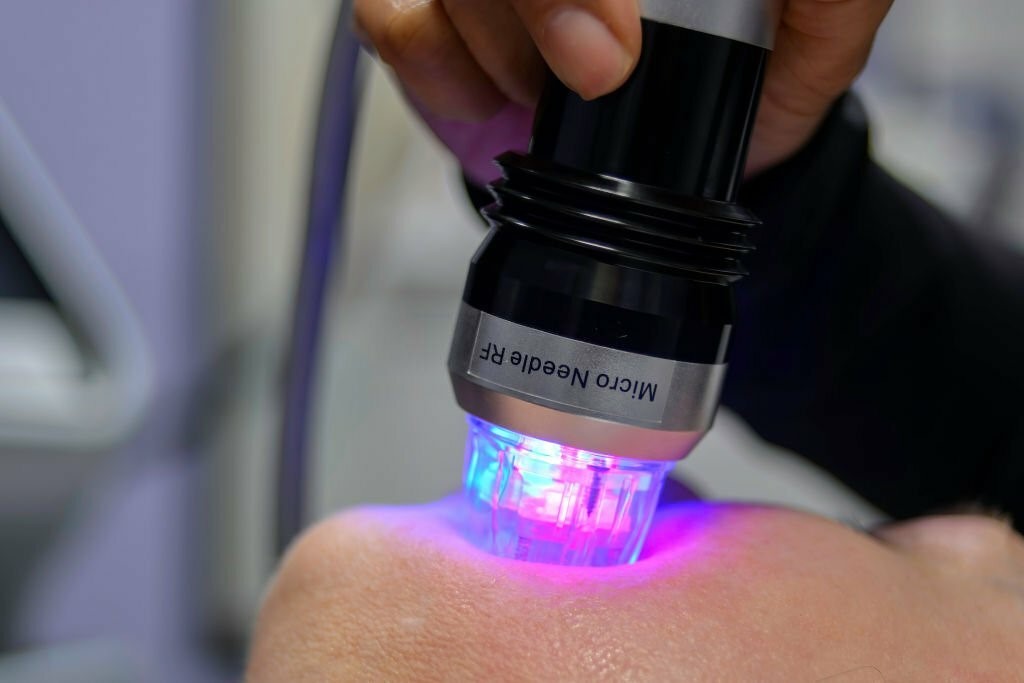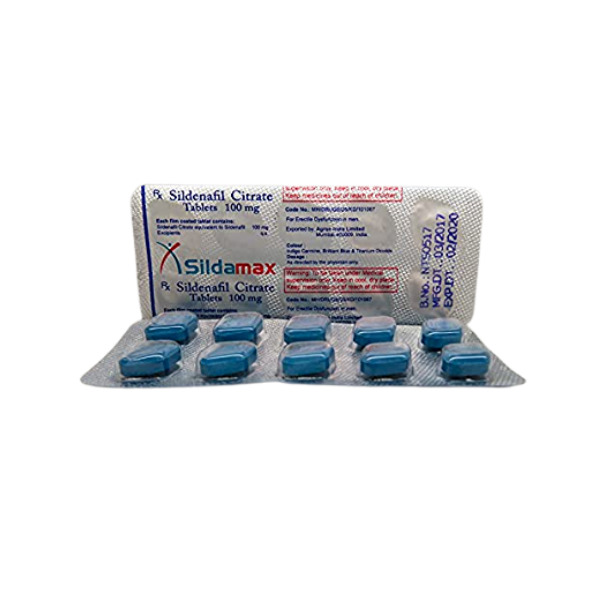
Post-Traumatic Stress Disorder (PTSD) and anxiety disorders are among the most prevalent mental health conditions affecting millions worldwide. These conditions can be debilitating, disrupting daily life, relationships, and overall well-being. Fortunately, various PTSD treatments and anxiety therapy options are available to help individuals regain control and lead fulfilling lives.
This blog explores effective PTSD treatments and anxiety therapy techniques, shedding light on how they work, their benefits, and what to expect from the healing process.
Understanding PTSD and Anxiety Disorders
PTSD is a mental health condition that develops after exposure to traumatic events such as accidents, war, abuse, or natural disasters. Common symptoms include flashbacks, nightmares, emotional detachment, and heightened anxiety.
Anxiety disorders, on the other hand, encompass conditions like generalized anxiety disorder (GAD), social anxiety disorder, panic disorder, and phobias. These disorders manifest through excessive worry, restlessness, panic attacks, and avoidance behaviors.
While PTSD and anxiety disorders share similarities, their treatment approaches may vary. Let’s explore some of the most effective methods for managing these conditions.
Evidence-Based PTSD Treatments
- Cognitive Behavioral Therapy (CBT)
CBT is one of the most widely used and effective treatments for PTSD. It focuses on identifying and changing negative thought patterns that contribute to distressing emotions and behaviors. Specific forms of CBT include:- Cognitive Processing Therapy (CPT): Helps individuals reframe and challenge their thoughts about trauma.
- Prolonged Exposure Therapy (PE): Encourages confronting and processing traumatic memories to reduce avoidance and fear.
- Eye Movement Desensitization and Reprocessing (EMDR)
EMDR is a structured therapy that involves recalling distressing memories while engaging in bilateral stimulation, such as eye movements or tapping. This approach helps reprocess traumatic experiences and reduce their emotional impact. - Medication for PTSD
Medications can be beneficial for managing PTSD symptoms. Commonly prescribed options include:- Selective Serotonin Reuptake Inhibitors (SSRIs): Such as sertraline and paroxetine, which help regulate mood and anxiety levels.
- Prazosin: Used to alleviate nightmares and sleep disturbances associated with PTSD.
- Mood Stabilizers or Antipsychotics: Sometimes prescribed for severe cases.
- Group Therapy and Support Groups
Sharing experiences with others who have undergone similar trauma can be profoundly healing. Group therapy provides a safe space for individuals to discuss their struggles, receive support, and learn coping strategies. - Mindfulness and Stress Reduction Techniques
Practices such as meditation, yoga, and deep breathing exercises help individuals stay grounded, reducing PTSD-related hyperarousal and distress.
Anxiety Therapy Approaches
- Cognitive Behavioral Therapy (CBT) for Anxiety
CBT is a gold-standard treatment for anxiety disorders. It helps individuals challenge irrational fears and develop healthier coping mechanisms.- Exposure Therapy: Gradual exposure to feared situations helps reduce avoidance and fear over time.
- Cognitive Restructuring: Identifies and replaces negative thought patterns with more realistic perspectives.
- Mindfulness-Based Therapy
Mindfulness-based cognitive therapy (MBCT) integrates meditation with cognitive therapy techniques to help individuals stay present and manage anxiety symptoms effectively. - Medication for Anxiety
- SSRIs and SNRIs: Commonly prescribed for generalized anxiety disorder and social anxiety.
- Benzodiazepines: Such as lorazepam and alprazolam, used for short-term relief of severe anxiety episodes.
- Beta-Blockers: Help manage physical symptoms like rapid heart rate and trembling.
- Acceptance and Commitment Therapy (ACT)
ACT encourages individuals to accept their anxious thoughts rather than fighting them. This approach helps build psychological flexibility and resilience. - Lifestyle Changes for Anxiety Management
- Regular Exercise: Physical activity reduces stress hormones and promotes relaxation.
- Healthy Diet: Balanced nutrition supports brain health and emotional stability.
- Adequate Sleep: Improving sleep quality helps regulate mood and reduce anxiety.
Holistic and Alternative Approaches
In addition to traditional treatments, alternative therapies can complement PTSD and anxiety therapy. These include:
- Art and Music Therapy: Expressive therapies help individuals process emotions and trauma creatively.
- Acupuncture: Some find relief from PTSD and anxiety symptoms through acupuncture.
- Animal-Assisted Therapy: Interactions with therapy animals can provide emotional support and reduce stress.
- Herbal Remedies and Supplements: While not a substitute for professional treatment, supplements like omega-3s, magnesium, and ashwagandha may support mental well-being.
Choosing the Right Treatment Approach
Selecting the most effective PTSD treatment or anxiety therapy depends on various factors, including symptom severity, personal preferences, and medical history. Consulting a mental health professional can help determine the best course of action.
- For severe PTSD: A combination of therapy and medication may be recommended.
- For anxiety disorders: CBT, lifestyle changes, and mindfulness practices can be highly beneficial.
- For individuals seeking alternative approaches: Integrating holistic therapies can enhance overall well-being.
Overcoming Stigma and Seeking Help
Many individuals hesitate to seek PTSD treatments or anxiety therapy due to stigma or misconceptions. It’s important to recognize that mental health conditions are just as valid as physical illnesses and deserve appropriate care. Seeking treatment is a sign of strength, not weakness.
Conclusion
PTSD and anxiety disorders can be challenging, but with the right treatment and support, recovery is possible. From evidence-based therapies like CBT and EMDR to holistic approaches, there are numerous paths to healing. If you or a loved one is struggling, reaching out for professional help can be the first step toward a healthier, more balanced life.
Prioritizing mental health leads to a brighter future, and every step taken toward healing is a victory worth celebrating.












Leave a Reply